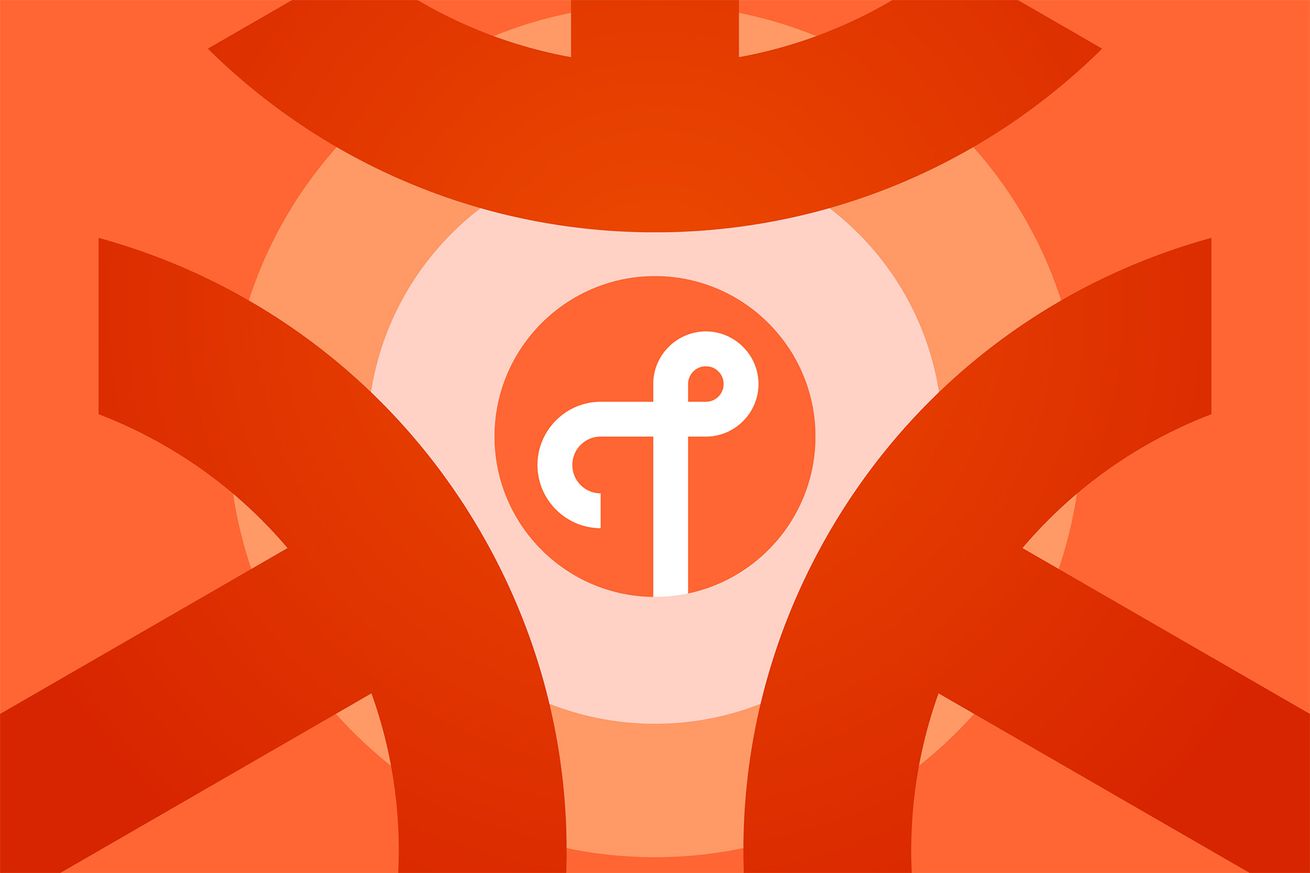- by foxnews
- 20 Jan 2025
The four changes in Thread 1.4 that could fix the protocol
Thread 1.4 has officially been released, bringing much-needed fixes for the nascent smart home protocol. Chief among these is a solution to the problem of Thread border router interoperability. The new spec also enables better connectivity by leveraging Wi-Fi and ethernet alongside Thread, makes it easier to see what’s going on in your Thread network to simplify troubleshooting, and allows manufacturers to connect devices directly to the internet. These updates were announced at CES earlier this year, and today, Thread Group is launching the Thread 1.4 specification and certification program. This means manufacturers can start to implement the upgrades to the spec into their devices. However, the certification process will take some
- by theverge
- 05 Sep 2024
- in technology

Thread 1.4 has officially been released, bringing much-needed fixes for the nascent smart home protocol. Chief among these is a solution to the problem of Thread border router interoperability. The new spec also enables better connectivity by leveraging Wi-Fi and ethernet alongside Thread, makes it easier to see what's going on in your Thread network to simplify troubleshooting, and allows manufacturers to connect devices directly to the internet.
These updates were announced at CES earlier this year, and today, Thread Group is launching the Thread 1.4 specification and certification program. This means manufacturers can start to implement the upgrades to the spec into their devices.
However, the certification process will take some time, and then devices need to be updated - so we probably won't see the benefits of these updates in our homes until the beginning of next year. "My hope is that by CES, we'll see support for Thread 1.4 and border routers," Sujata Neidig, vice president of marketing for Thread and director of marketing at NXP, told The Verge.
A low-power, mesh networking IP-based protocol design for IOT, Thread was developed over a decade ago. Both Google (Nest) and Apple have used it in their smart home ecosystems for several years, but it has recently gained broader attention as one of two wireless protocols used by the new smart home standard Matter.
Thread is the communication layer, and it requires an application layer on top - Apple's HomeKit over Thread, Google's Weave over Thread, and Matter over Thread. Despite its reputation for low latency and excellent battery life, the deployment of Matter over Thread has stumbled since Matter's launch two years ago. Compatibility issues have frustrated users who were promised that Matter devices would "just work." Additionally, I've heard from multiple manufacturers about issues optimizing Thread connectivity on their devices when using Matter.
While Google and Apple have closed ecosystems for their Thread products, Matter comprises multiple devices, platforms, and apps. This broader landscape has caused confusion for both users and manufacturers of Thread devices, and Thread Group acknowledges the protocol has had some growing pains.
The fixes coming with 1.4 are based on learnings from this larger deployment. "Thread 1.4 represents our first strategic response to real-world use cases," said Vividh Siddha, president of Thread Group and director of software engineering at Apple.
I covered the changes earlier this year, but I spoke with Thread Group ahead of the launch this week to get more details on four of the key updates.
Credential-sharing is being standardized
Thread doesn't currently provide a standard way for Thread devices and border routers to join an existing Thread network. Some companies have worked together to solve for this; others haven't. With 1.4, the spec will mandate how Thread devices connect to a network.
This means that when you add a new Thread border router it should join your existing Thread network, no matter which manufacturer it's from. Previously, it may have set up its own network, which could cause problems.
Credential sharing also makes connecting to your network easier for Thread devices. Now, devices such as smart bulbs and sensors should connect to any Thread border router rather than insisting on connecting with one from the smart home platform you're setting it up with.
For example, prior to 1.4, someone who bought a Nanoleaf Thread bulb and set it up with Google Home but only had an Amazon Eero device as their border router would have this issue. With 1.4, this setup scenario should work. "There is a fairly significant amount of users running into this issue - especially first-time smart home users, who are the ones we want to please from the get-go," Jonathan Hui, vice president of technology for Thread and principal software engineer at Google, told me.
For those with larger smart homes, credential sharing across border routers should also mean you can create a larger Thread network. However, Hui says that 1.4 does not bring a fix for merging multiple existing networks. It will only help for setting up new border routers. Currently, the only solution for existing networks is to factory reset each device and set them up from scratch.
Cloud on
Thread border Routers are getting "a defined standard path to the internet," allowing device manufacturers to enable a direct connection to the cloud on their devices if they choose. A connection to the internet is already part of the spec for border routers but is optional; 1.4 makes this a requirement, giving device manufacturers the option of a cloud connection for their devices no matter which border router the customer uses.
While this sounds like a backward move for the local, smart home standard Matter, Hui emphasizes it is optional for manufacturers. Plus, if a manufacturer does choose to enable it, consumers can turn it off at the network level. "The spec requires border router vendors to give capability to the users to disable this functionality," he says.
A device with a direct cloud connection does have benefits, including remote access, support for certain features like weather access, and - importantly - software updates. Matter is supposed to allow software through your smart home platform, but so far, that has been "challenging," says Hui.
Sharing is caring
While Thread adoption has accelerated rapidly thanks to the proliferation of Thread-enabled smart speakers, it's still not widespread. Today, most people using it will likely only have a single Thread border router and one or two devices.
To help improve reliability and range, 1.4 adds the ability for border routers to use Wi-Fi and ethernet connections, in addition to their Thread network connections. This should help with onboarding devices, moving devices around your home without losing connectivity, and reaching devices in far corners of your home.
Thread troubleshooting gets more transparent
Thread 1.4 should make it easier for users (and manufacturers) to see their Thread network and troubleshoot issues by allowing Thread devices to communicate their network configuration and status data. Thread Group isn't releasing a Thread troubleshooting app, but the tools are now there to allow manufacturers to build better network management tools into their own apps.
"This is enabling Thread devices to report data about themselves that can be used by manufacturers within their apps to better understand the status of that device in the overall network," says Neidig. Unlike the proprietary tools created by companies like Nanoleaf and Eve, this update should make seeing all the devices on your network easier.
The improvements coming with 1.4 could significantly enhance the experience of using Thread devices - which, as the first dedicated smart home protocol, holds a lot of promise but hasn't fully delivered. However, it will require all the manufacturers to get on board - and quickly.
The slow rollout of Thread 1.3 - especially by border router manufacturers - caused some device makers and users to take a step back from the protocol. These fixes are designed to smooth out those bumps, but whether they'll arrive soon enough and be robust enough to keep us on track for the smarter smart home we've all been promised remains to be seen.
- by foxnews
- descember 09, 2016
Travel tips for attending Trump's inauguration in DC: expert weighs in
Washington, D.C., has been gearing up for travelers ahead of Inauguration Day on Jan. 20, bringing Americans to the nation's capital as President-elect Trump returns to the White House.
read more





